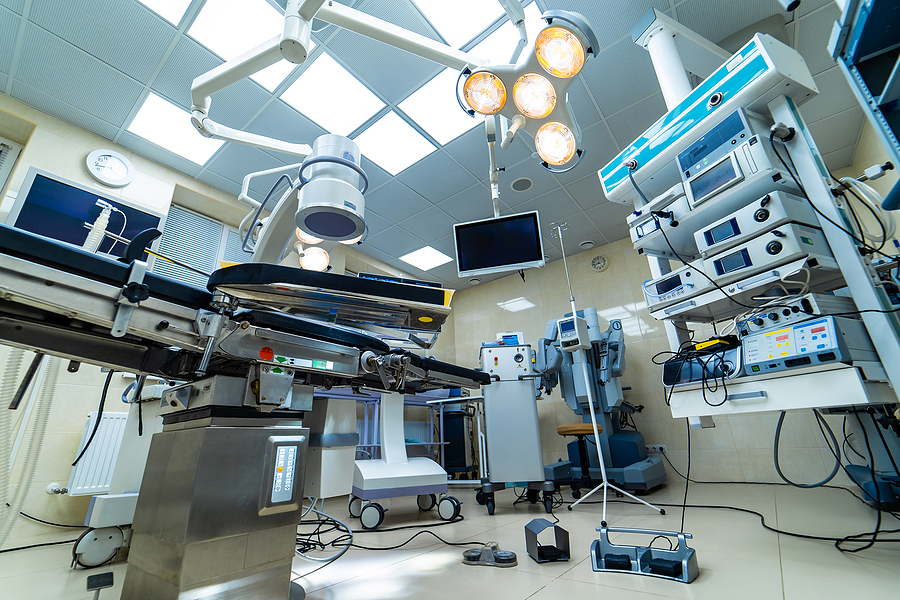Medical devices need to be manufactured using versatile materials that are disposable. Plastics have proven to be the best as they are cost-effective, easily disposable, and durable. Choosing the appropriate medical grade plastic is crucial for any manufacturer if they are to end up with the best quality devices.
Use of plastic medical devices
There is no limit to the use of plastics for medical devices. They are preferable because of their performance, weight, properties, and cost. Plastics have simplified healthcare, making it less painful while increasing comfort and flexibility.
The lower costs mean that healthcare is now available to poor populations. It can meet the demands of medical science. Examples of common plastics in medical circles include polyvinyl chloride (PVC) mostly for blood bags and tubing, polycarbonate (PC) for medical instruments such as valve connectors, polyethylene (PE) for items like surgical cables, and polyurethane (PU) for wound dressings.
Plastic use ranges from implant and surgery equipment to testing and orthopedic devices. Some examples are plastic syringes, eyeglass frames, coronary stents, plastic prosthetics, and needle housing. Other medical devices include catheters, pacemakers, heart valves, eye lenses, prosthetic limbs, surgical gloves, instrument handles, MRI machines, and surgical instruments.
How injection molding makes a difference in medical devices
Injection molding is an efficient and affordable way of manufacturing medical devices from plastics. The different types of plastics allow for easy molding. This is because they are tough, transparent, and strong. Injection molding is a preferable way of manufacturing medical devices because of the following reasons:
1. Lighter weight medical devices
This process significantly reduces the medical products’ weight because of the mechanical properties introduced to the plastics. Medics such as surgeons who carry out long procedures prefer lightweight devices. Patients who have to use wearable devices because of continuous monitoring appreciate the light ones made by injection molding.
2. Usage
Injection-molded devices can withstand sterilization procedures that involve the use of chemicals or heating. They also offer resistance to contaminants. These products do not corrode when they are exposed to bodily or medical fluids. The low cost of production allows for disposal instead of reuse or sterilization. It lowers the risk of infections or contamination.
3. Flexibility
Injection molding using plastics offers design flexibility that is necessary for medical devices and equipment. These products tend to have various features whose cost and length of manufacturing reduce because of the injection process. This process seamlessly adds ergonomic designs such as easy grip and less vibration to the products’ features.
4. Availability
Plastic is readily available, making it ideal for the manufacturing of medical products. Plastic molding allows for mass production at low costs. This makes it the best process to consider when in need of medical devices.
5. Compatibility
Plastic devices made from injection molding are more compatible with imaging and X-ray machines than metals. They allow better observation of bones because of the better penetration of the X-rays. Plastic devices give imaging results that are more accurate since they do not interfere with the magnetism of MRI machines.
6. Aesthetic value
Injection molding complies with the current aesthetics standards. They require that manufactured medical devices are appealing to replace the institutional appearance. The injection process colors plastics directly or allows for natural transparency. This makes identification easier using color-coding. The products are also appealing to the human eye.
Plastic injection molding is the way to go when in need of medical devices. The resultant products offer a wide array of functionality in the medical field. The benefits of using injection-molded devices include their compatibility, aesthetic value, availability, and reduced costs. Contact us for more info.

